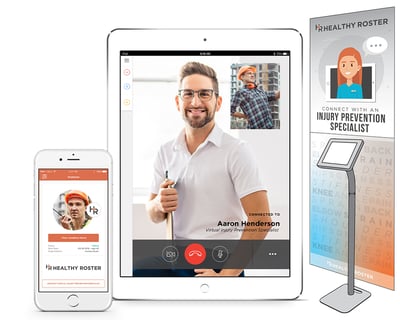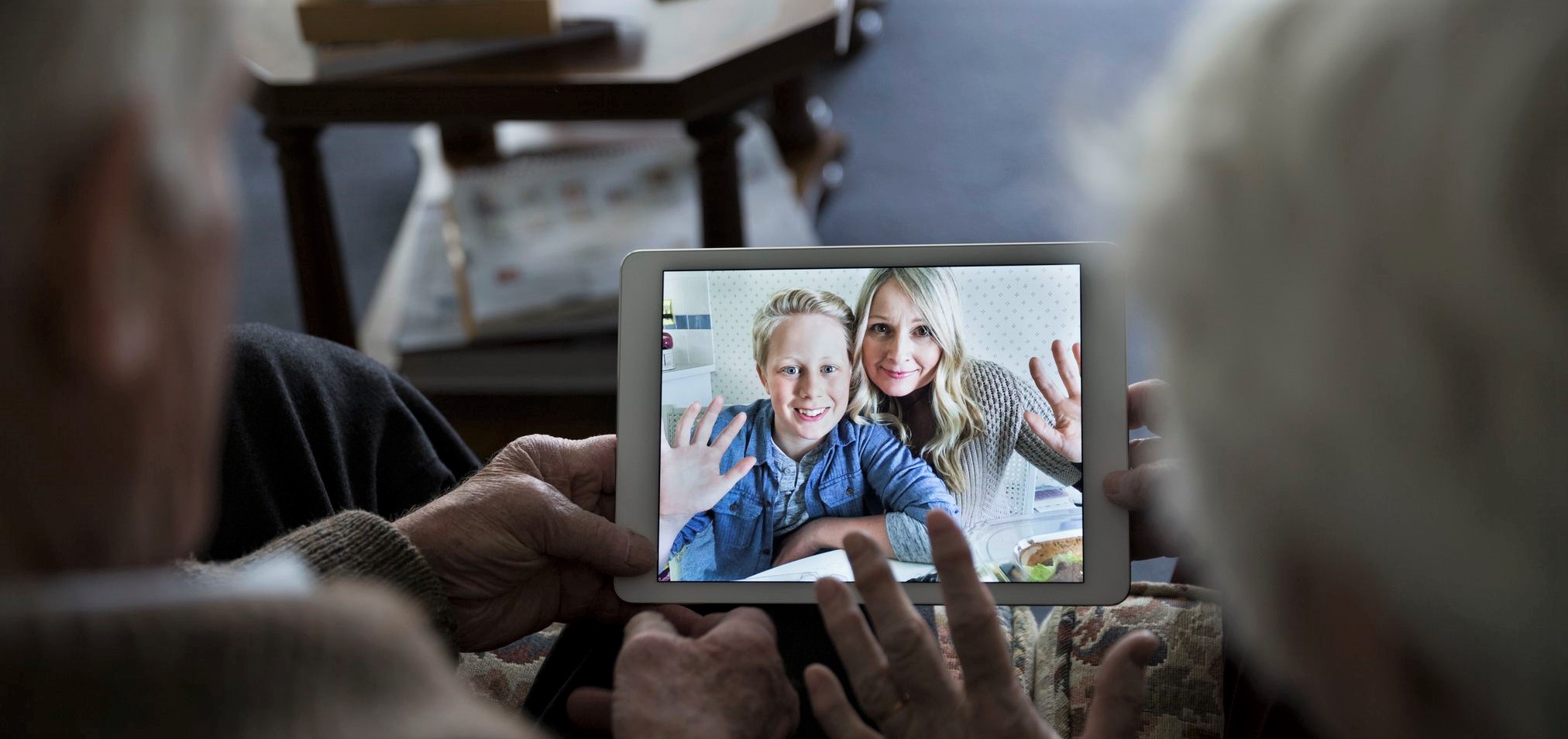 Prior to March, 2020, the world and how we communicated was much different. All our work meetings were face to face. Salespeople traveled to cities to meet with prospective companies. Everyone climbed into the car to go visit the grandparents. We scheduled visits with our doctor and waited for hours a long time in the waiting room. But the pandemic changed much of that.
Prior to March, 2020, the world and how we communicated was much different. All our work meetings were face to face. Salespeople traveled to cities to meet with prospective companies. Everyone climbed into the car to go visit the grandparents. We scheduled visits with our doctor and waited for hours a long time in the waiting room. But the pandemic changed much of that.
People are comfortable meeting on Zoom teleconferences, trade shows went virtual and people attended online, and patients used telehealth for a visit with their doctor. Well, we all quickly adapted and fear of the unknown became the familiar.
The funny thing is that the technology to meet on your phone with your doctor or hold a meeting online has existed for a long time but the pandemic accelerated our use of these technologies. And now that people are very comfortable doing so, they have come to expect the convenience!
Are You Meeting These New Communication Expectations at your Industrial Company?
Let me give you a scenario:
Let's say an employee suffers a back strain while on the job, on your production line, during the 3rd shift.
+ Worker goes to their line supervisor because of the pain of the injury.
+ Supervisor has little choice but to send the worker to the ER.
+ Worker is examined by a physician, has X-rays, and gets referred to primary care doctor for follow-up.
+ A Workers' Comp claim is created.
+ Employee goes home, schedules doctor appointment, and waits until they can go in to their office.
+ Worker visits primary care doc and gets referred to physical therapy.
+ Worker stays off work until they can start PT, drives to therapy several times, and eventually returns to work.
Whew! That's a lot. Worst-case scenario is that the worker doesn't want that hassle and keeps working, dealing with the pain and probably worsening their condition.
When you repeat that process 2 to 3 times a month for all your workers, with all their strains and pains, at all your locations and shifts... it adds up to a lot of claims and a lot of time wasted for your employees.
But What If...?  Here's another scenario:
Here's another scenario:
Same employee suffers a back strain on the 3rd shift.
+ Worker informs the line supervisor.
+ Supervisor points to the walk-up kiosk with an iPad on a stand, enters their info.
+ Worker talks with an industrial athletic trainer in a telehealth session.
+ AT sees source of pain on video, gives self-care treatment, suggests movement improvements.
And that's it! They're able to use a video chat technology to talk with a musculoskeletal disorder (MSD) expert, get treatment, and return to work quickly by using a form of communication they are now familiar with.
The New Normal
Talking to family and friends through FaceTime wasn’t a thing prior to 2020. People were hesitant, but now everyone is comfortable with it. Almost everyone has had these virtual experiences and understands how easy it is to have a conversation face-to-face when you can't be in-person.
Adoption of a work treatment via telehealth that would have taken a decade has happened in months and become The New Normal
With Virtual Injury Prevention services from Healthy Roster, you now have a simple, comfortable, and easy-to-use solution to provide simple and proactive communication for healthcare to your workforce. And reduces the number of claims that will keep your insurance premiums low.
Talk to us today.

